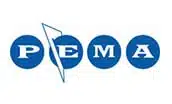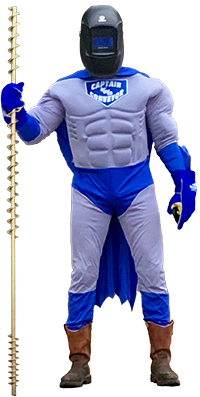Hopper & Twin-Screw Feeder for EAF Filter Cake
General Description
Steel mills in the United States primarily utilize electric arc furnaces in production. One of the by-products of this process is electric arc furnace (EAF) dust, which contains zinc and other heavy metal elements. EAF dust is transported to recycling facilities where it is processed to recover the zinc. During the process, water is added to minimize airborne fines which unfortunately creates a very sticky mixture that tends to build up in certain conditions.
An OEM provided the plant with a hopper and screw feeder, but the hopper was too narrow leading to bridging above the screw flights. After evaluating the application, KWS designed a twin screw feeder and hopper that would continuously meter material in any condition, thereby preventing countless hours of unscheduled downtime.
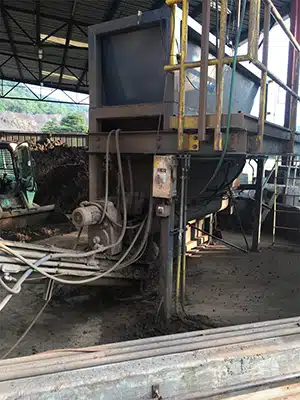
EAF Filter Cake Bridged in Original Hopper Causing Unplanned Downtime
Design Parameters
- Product Type: Electric Arc Furnace Dust
- Material Density: 49 Lbs. per Cubic Foot
- Capacity: 440 Cubic Feet per Hour
- Duty: 24 Hours per Day, 7 Days per Week
KWS Advantages
With downtime valued in thousands of dollars per hour, clearing plugged equipment multiple times per day adds up quickly. KWS was brought in to evaluate the existing system and design a long-term solution. First, the material was examined in both dry and wet conditions. Wet clumps formed readily and could easily span the width of the current screw feeder, bridging over the top of the screw causing an interruption in material flow. The clumps were relatively easy to break up by manually poking the material and removing the bridge. However, this process required additional manpower and created a potential safety issue.
KWS designed and provided a twin-screw feeder with hopper that doubled the width of the inlet opening and completely eliminated bridging in the hopper. Due to the sticky nature of the EAF dust and water mixture, hopper sidewalls were designed to keep material from building up. KWS kept the hopper side walls vertical as much as possible except for a 60-degree taper required to match the feeder opening.
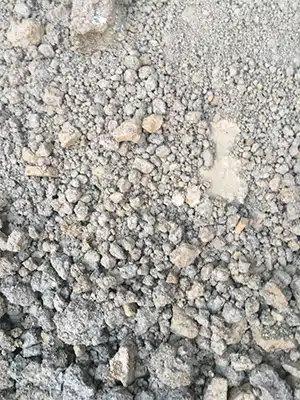
Electric Arc Furnace (EAF) Filter Cake Caused Problems with Original Hopper and Screw Feeder
KWS Special Features
KWS examined the capacity requirements and sized the drive package with an abundance of torque to allow clumps to be broken up and conveyed without pause. In addition, every mechanical component, from the pipe and shafts to the coupling bolts, were sized to withstand the potential full motor torque of the drive with a minimum safety factor of 5. KWS provided independent gear motors for each screw to allow continued operation in the event of a failure in one side or the other. As a result, the plant need not fear a breakdown that could leave them idle for hours or even days. Stepped pitch screws provide an even draw of material along the length of the hopper while simultaneously lowering the amount of torque required to operate each screw.
Testimonial
"We are finally moving the full capacity our plant requires. Excellent workmanship from KWS, this fixed a long-term bottleneck in our process."
Plant Manager – EAF Recycling Company
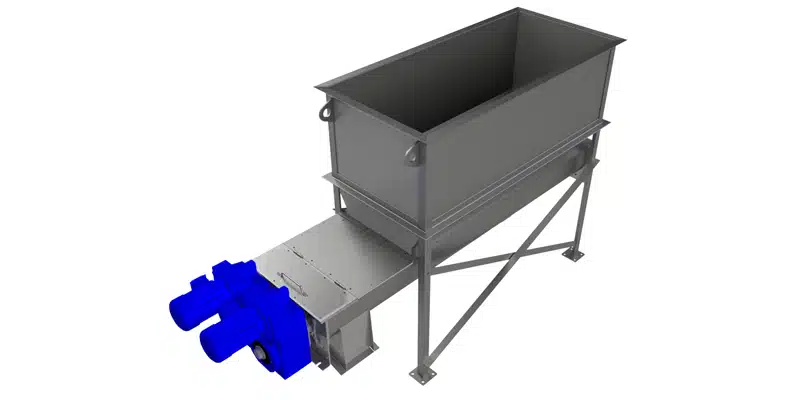
New KWS Hopper and Twin-Screw Feeder Completely Eliminated Downtime
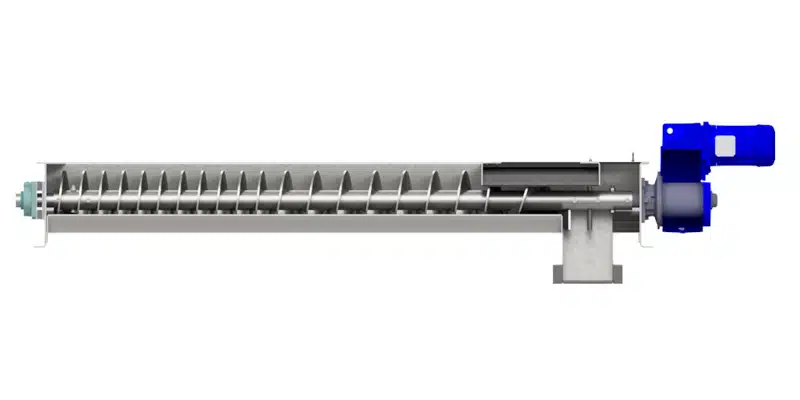
Stepped Pitch Screws Provide Even Draw from Hopper
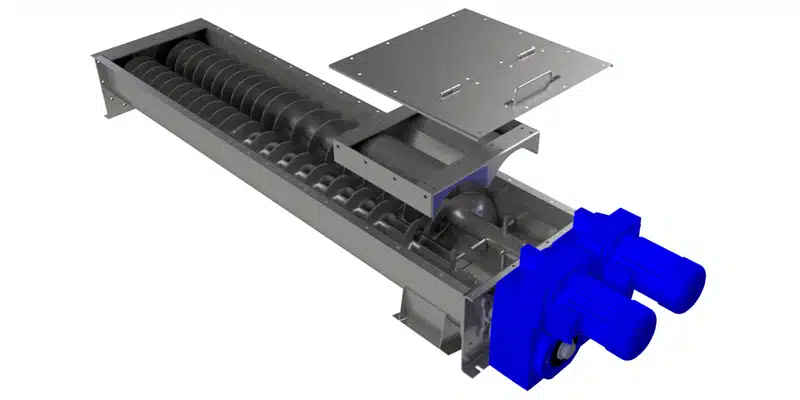
Screw Feeder has Abundant Torque to Break Up Clumps
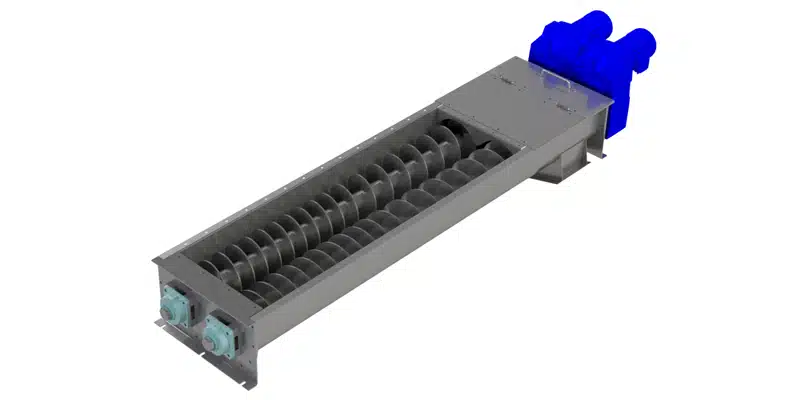
Twin Screw Feeder has Redundant Drive Units and Generates Maximum Torque


